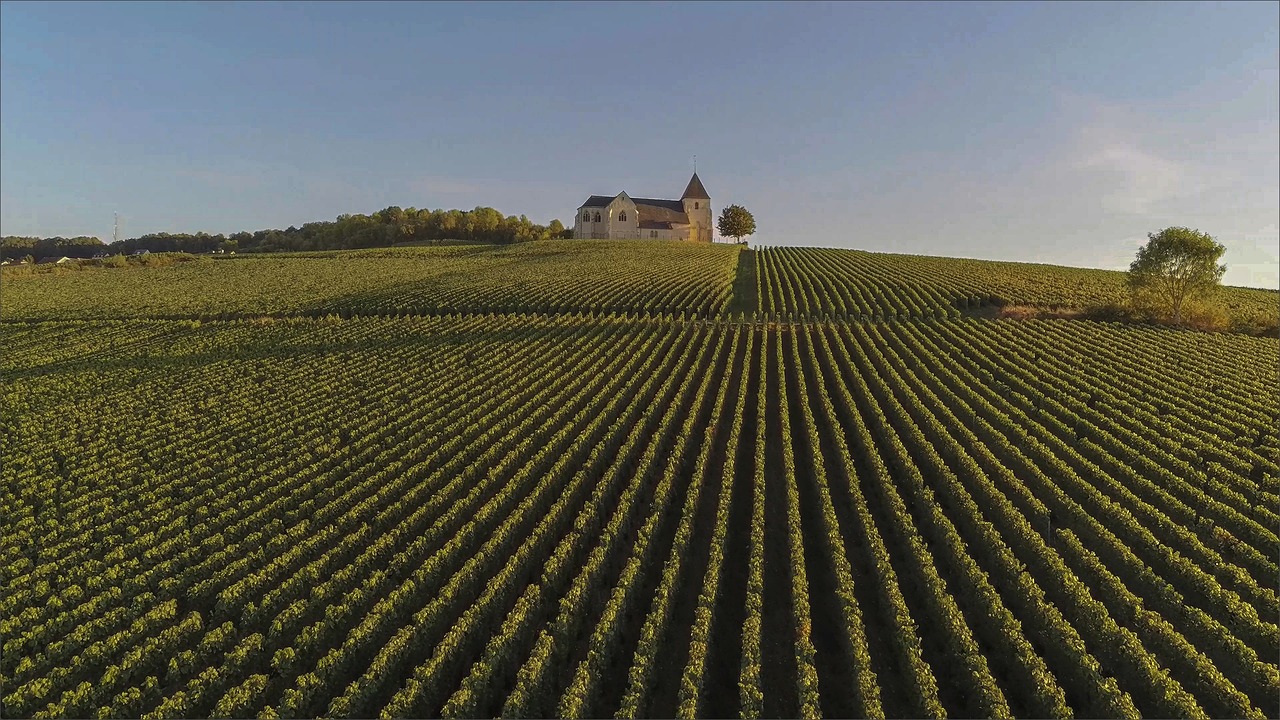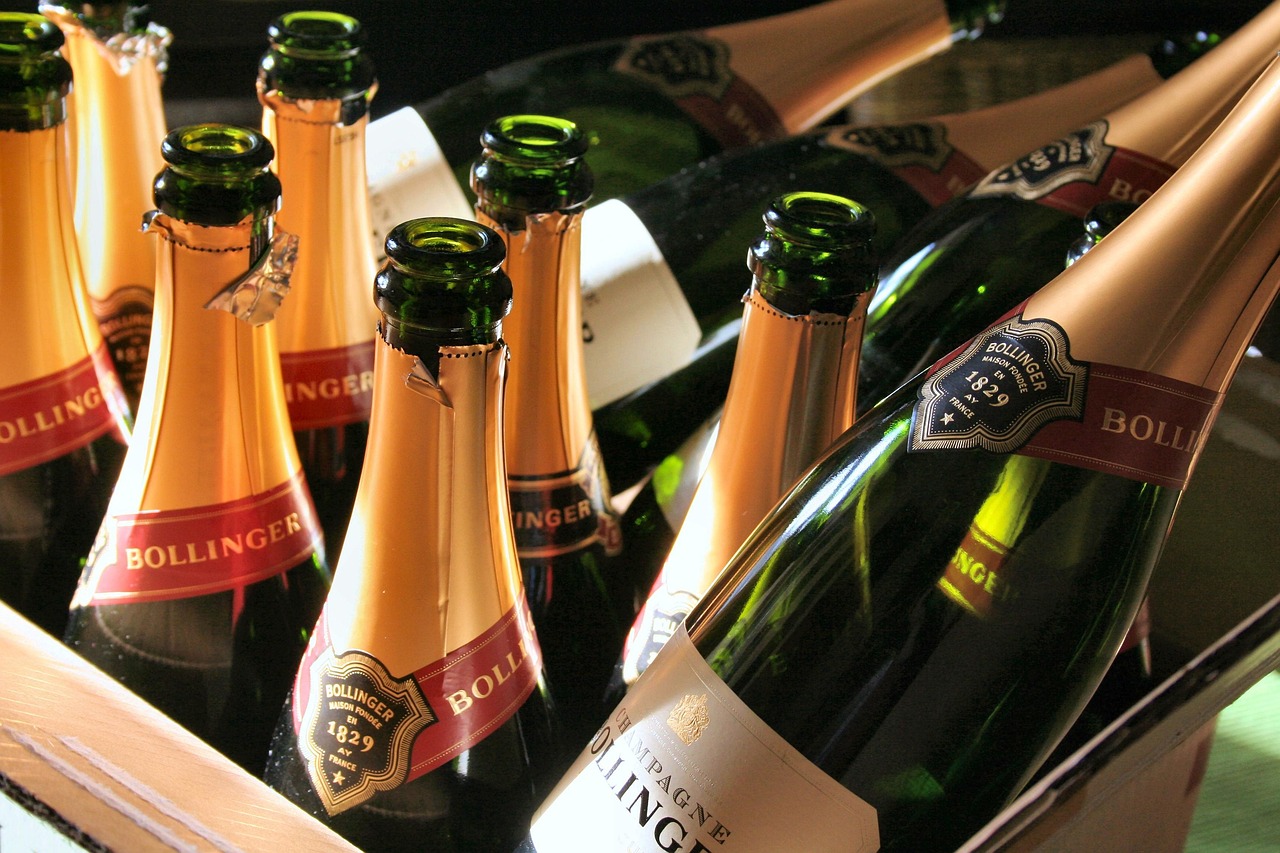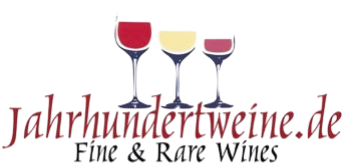Champagne - A sophisticated journey into the world of sparkling wine
Champagne, the epitome of luxury and elegance, has held a special place in the culture and celebrations of people around the world for centuries. Salon Champagne is not just a product, but an experience that appeals to the senses and creates unforgettable memories. In this in-depth exploration, we aim to shed light on the origins, production, diversity and cultural significance of champagne.
The history of champagne dates back to the 17th century, when monks in the Champagne region of France began experimenting with wine production. The special geological characteristics of the region, including the chalky soil, contribute to the unique quality of the wine. The first recorded Champagne was created by Dom Pérignon, a Benedictine monk who is considered one of the fathers of Champagne. His innovation led to the improvement of winemaking techniques and the introduction of the Methode traditionnelle, which is still used today.
The production of champagne is a complex process that requires exceptional care and expertise. It begins with the grape harvest, which usually takes place between September and October. Three main grape varieties are authorised in Champagne: Chardonnay, Pinot Noir and Pinot Meunier. Each of these varieties has different flavours and characteristics that influence the character of the final product.
Vinification
After harvesting, the grapes are pressed and the must fermented. The first fermentation takes place in stainless steel or oak barrels. After the first fermentation, the wine is blended, i.e. wines from different vineyards and vintages are mixed together to achieve the desired flavour. This is followed by the second fermentation in the bottle, which gives the champagne its characteristic perlage.
Réserve and dosage
After the second fermentation, the champagne matures in the bottle for at least 15 months before it is disgorged. This process involves removing the lees that have formed during fermentation. A dosage, a mixture of wine and sugar, is then added to determine the sweetness of the champagne. The entire process requires precise craftsmanship and patience.

The variety of champagnes
Champagne comes in many varieties that differ in taste, colour and style. The best-known categories include:
Brut - Brut is the most commonly consumed champagne and contains very little sugar, resulting in a dry flavour.
Rosé - Rosé champagne is made either by blending red and white wine or by pressing red grapes directly. This variety offers more fruity aromas and an appealing colour.
Vintage Champagne - A vintage Champagne is made exclusively from grapes from a specific harvest year. These champagnes often offer a more complex flavour and are usually only available in particularly good vintages.
Prestige cuvées - These exclusive champagnes represent the best of a house. They are produced from a careful selection of the best grapes and usually only in outstanding years.
The cultural significance of champagne
Champagne not only has a culinary value, but also plays a central role in many social and cultural occasions. Whether at weddings, birthday parties or New Year's Eve celebrations, the sound of the cork popping is often associated with joy and celebration. In literature and art, champagne is often portrayed as a symbol of prosperity, success and socialising.
Champagne and gastronomy
Gastronomy has a special relationship with champagne. It is not only enjoyed as an aperitif, but also as an accompaniment to a variety of dishes. Thanks to its acidity and freshness, Champagne harmonises perfectly with seafood, poultry and even some desserts.
Top chefs not only include champagne in their choice of drinks, but also in the preparation of their dishes.
The right way to enjoy champagne
To enjoy champagne to the full, it is important to handle it correctly. It should be served cool, but not icy, ideally between 8 and 10 degrees Celsius. The choice of glass can also influence the flavour. While champagne flutes bring out the bubbles, wider glasses allow for a more intense flavour appreciation.
The future of champagne
With the challenges of climate change and changing consumer habits, the champagne industry is facing new challenges. Innovative techniques and sustainable practices are becoming increasingly important in order to preserve the traditional methods of Champagne production while adopting progressive solutions.
Overall, Salon Champagne is not just a drink, but an experience that awakens emotions and heightens the senses. With its rich history, meticulous production and cultural significance, Champagne is more than just a sparkling wine - it represents pleasure, celebration and community. Whether you are a connoisseur or a novice, the world of champagne has something for everyone. Enjoy the journey through its diversity and let yourself be enchanted by this fascinating drink.

1. geography & terroir
Precise location: Between 48°-49° north latitude (coldest limit of viticulture)
Soil types:
Chalk (Côte des Blancs): Retains water, reflects the sun
Marl (Montagne de Reims): Ideal for Pinot Noir
Clay (Vallée de la Marne): For early ripening of the Meunier
Microclimate: 1900 hours of sunshine/year, 650 mm of rainfall
2nd grape variety detailed analysis
Pinot Noir (38%):
Main growing area: Aÿ, Bouzy, Ambonnay
Character: Red fruit, tobacco, long-lasting
Meunier (32%):
Speciality: Mareuil-sur-Aÿ
Advantage: Frost-resistant early ripener
Chardonnay (30%):
Grand Cru villages: Cramant, Avize, Le Mesnil
Ageing potential: Up to 30+ years
3. sub-regions in detail
| Region | Grand Cru communes | Top producers | Speciality |
|---|---|---|---|
| Montagne de Reims | 9 (including Verzenay) | Krug, Taittinger | "Pinot Noir domain" |
| Côte des Blancs | 6 (including Le Mesnil) | Salon, Ruinart | "Chardonnay Eldorado" |
| Vallée de la Marne | 1 (Aÿ) | Bollinger | Meunier stronghold |
4. production secrets
Pressing: Strict limitation (4000 kg of grapes = 2550 litres of must)
Bottle fermentation: At least 15 months (NV), 3 years (Vintage)
Dosage liqueur: secret recipe of each house (often old reserve wine)
5. classification system
Échelle des Crus (abolished in 1985, but still relevant):
Grand Cru (17 villages, 100% value)
Premier Cru (44 villages, 90-99%)
Autres Crus (80-89%)
6. historical development
Middle Ages: Still wine region
17th century: Dom Pérignon developed:
Thicker glass
Cork stopper
Assemblage technique
19th century: Madame Clicquot invents the remuage table
7 Economic power
Turnover: € 6 billion annually
Exports: 55% of production (top markets: USA, UK, Japan)
Price development: +22% for luxury cuvées (2019-2023)
8th tasting leader
| Style | Serving temperature | Ideal glass | Maturation time |
|---|---|---|---|
| Blanc de Blancs | 8-10°C | Tulip | 10-20 years |
| Rosé | 10-12°C | Burgundy | 5-15 years |
| Prestige Cuvée | 12°C | Magnum | 15-30 years |
9. effects of climate change
Alcohol content: +2% since 1980 (now 12-12.5%)
Harvest time: 2 weeks earlier than in 1990
New challenges: Hail (+37% since 2000)
10. rarities market
Top auctions:
1820 Juglar: €25,000/litre
1959 Dom Pérignon: €8,200
1973 Krug Clos du Mesnil: €5,500
Investment: Average increase in value 6.8% p.a.
11. science & innovation
Cork research: €1.5 million investment/year
Yeast strains: 350 identified strains
Sustainability: 100% recyclable packaging by 2025
12. culinary combinations
Classic: Oysters (Blanc de Blancs)
Innovative: Sushi (Extra Brut)
Bold: Potato crisps (Demi-Sec)
13. numerical records
Bottle production: 12,000/minute at Moët
Longest bottle fermentation: 55 years (Bollinger R.D. 1952)
Deepest cellar: 30 metres (Mercier)
14. predictions for the future
Grape variety experiments: Petit Meslier, Arbane
Technology: Blockchain for counterfeit protection
Climate adaptation: northward migration of growing areas



